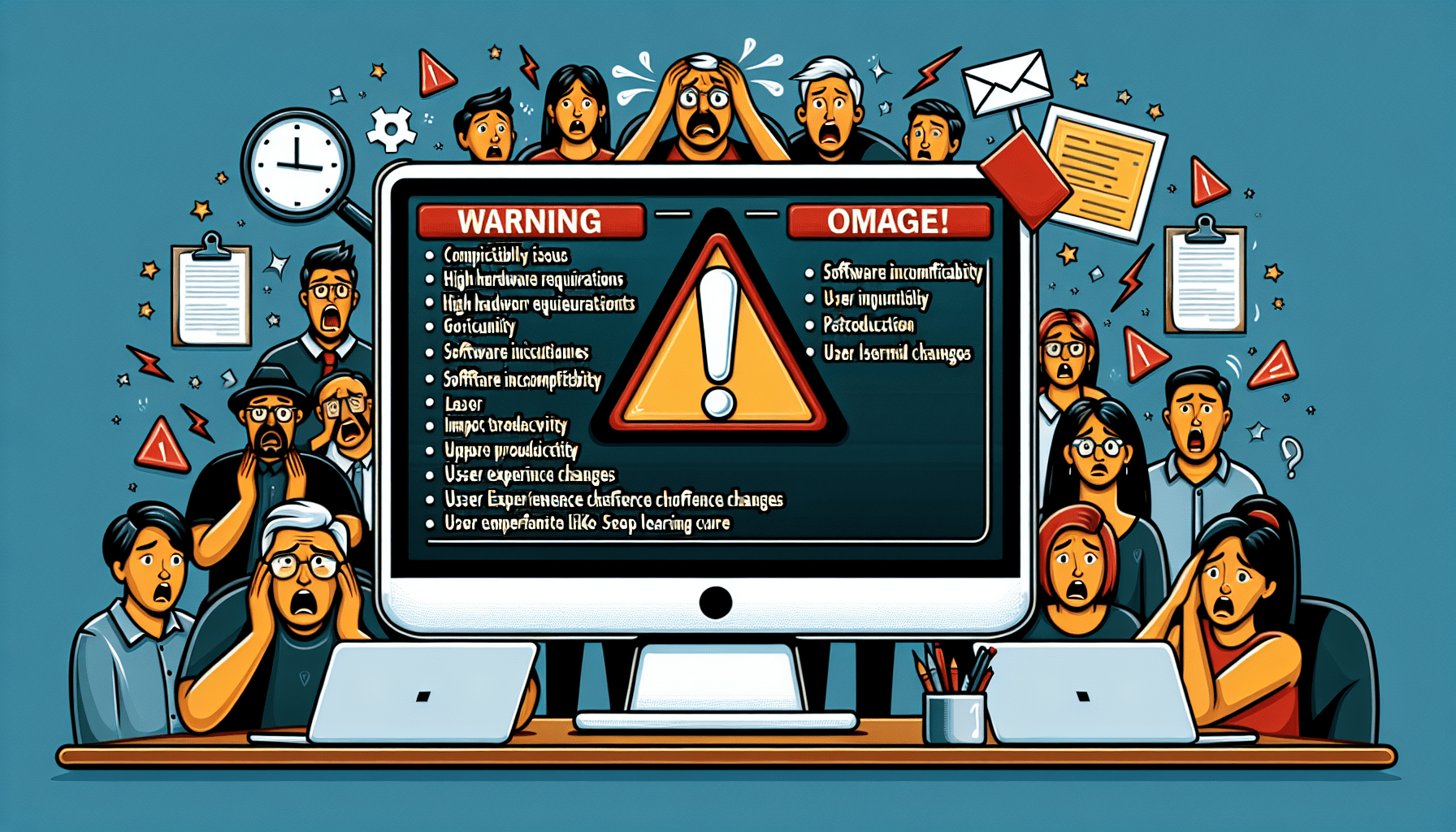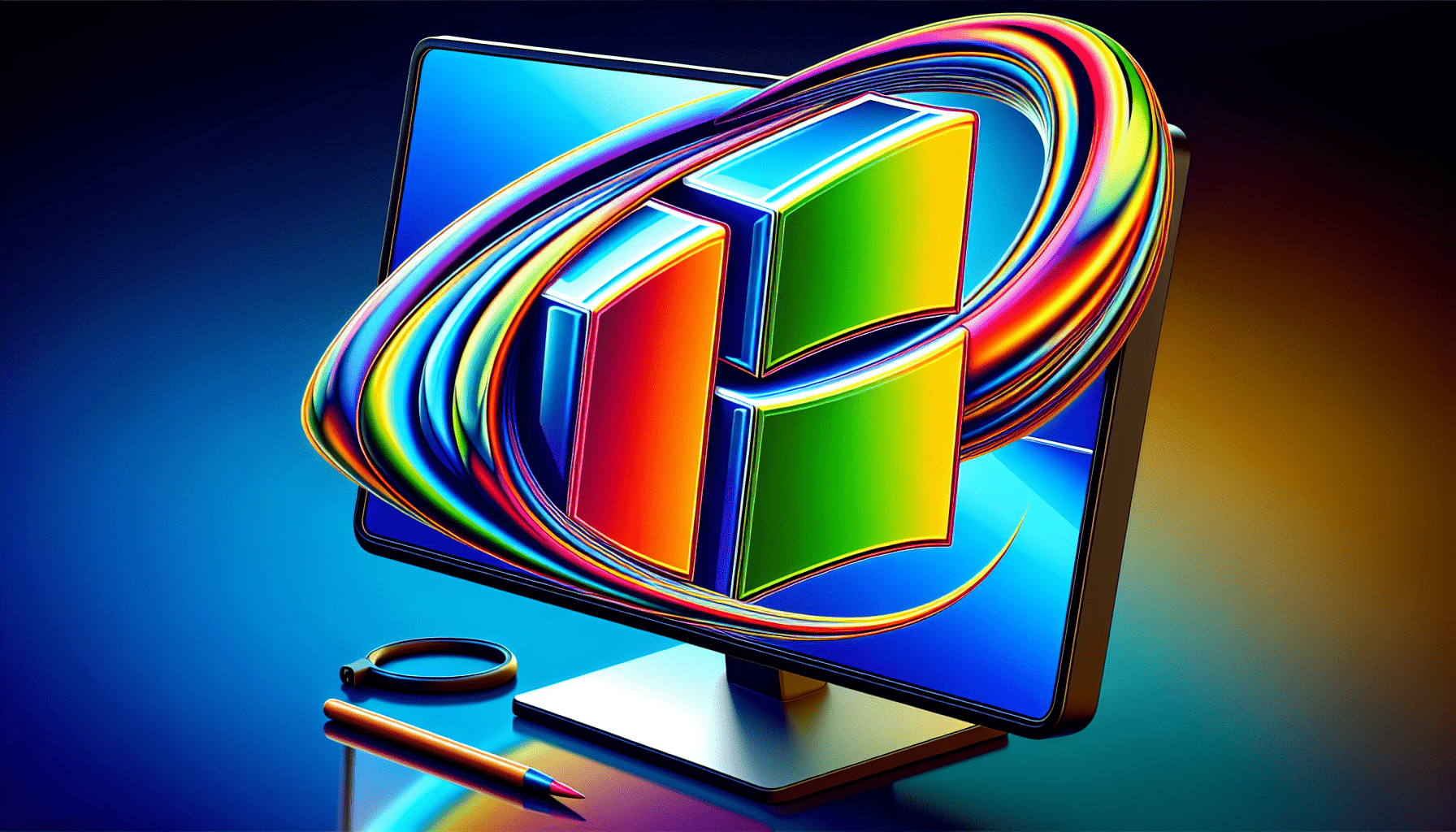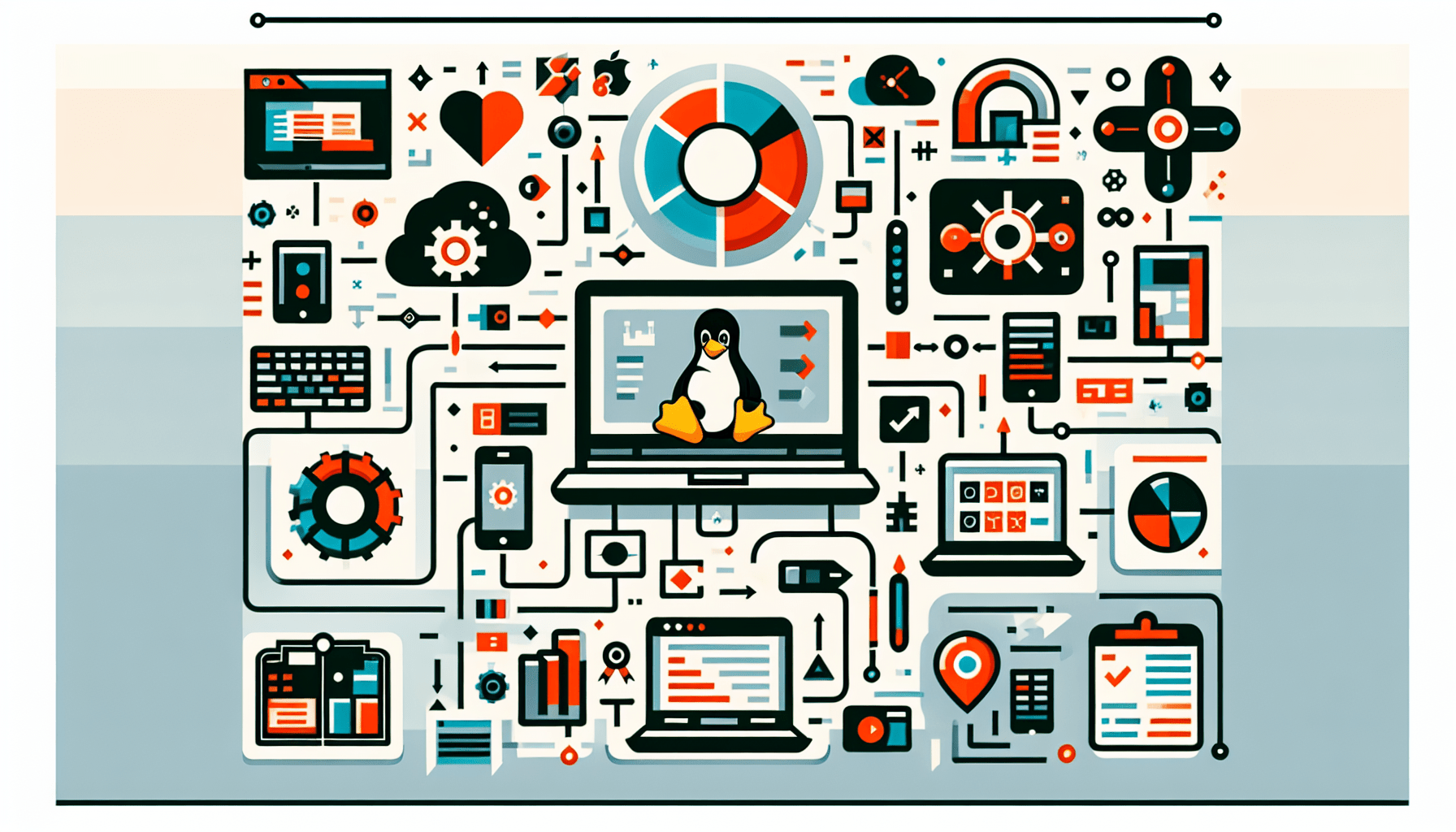



If you’ve recently purchased a shiny new laptop, you might be wondering if it’s possible to remove the pre-installed software or bloatware that often comes with it. The good news is that you have the power to clean up your new device and regain control over its storage and performance. In this article, we’ll explore the possibility of removing pre-installed software or bloatware from a new laptop, giving you the freedom to customize your computer to your preferences. So, let’s dive into the world of software removal and declutter your laptop together.
Understanding Pre-installed Software and Bloatware
When you buy a new laptop, it often comes with pre-installed software, also known as bloatware. But what exactly is bloatware? In simple terms, bloatware refers to the unnecessary applications and programs that come preloaded on your new laptop. These applications are often trial versions of software or promotional tools that are installed by the manufacturer or retailer.
It’s important to differentiate between pre-installed software and bloatware. Pre-installed software can include essential programs like the operating system, drivers, and utilities that are necessary for the laptop to function properly. On the other hand, bloatware refers to the non-essential applications that take up storage space and may negatively impact your computer’s performance.
The presence of bloatware on your laptop can have various impacts on its performance. Firstly, it takes up storage space, which reduces the available capacity for your own files and applications. This becomes especially noticeable if your laptop has limited storage, such as solid-state drives (SSDs) with lower capacities.
Furthermore, bloatware can consume system resources like CPU power, RAM, and disk utilization. This can lead to a slower and less responsive computer, as these unnecessary applications may be running in the background and utilizing resources that could be better utilized by your desired programs.
Identifying Bloatware on Your New Laptop
Now that you understand what bloatware is and how it can impact your computer’s performance, it’s important to know how to identify bloatware on your new laptop. Spotting bloatware can help you decide which applications to remove to enhance the overall performance of your device.
Bloatware can take various forms, but there are a few common types you can keep an eye out for. One type is trialware, where you are given a limited-time trial of a paid program. Another type is software that is designed to show ads or promote certain products, often labeled as adware. Additionally, there may be manufacturer-specific software or utilities that you may not find useful, such as branded media players or backup tools.
It is also essential to recognize potentially unnecessary software. Consider whether you have any personal preference for alternative applications. For example, your laptop may come with a pre-installed photo editing software, but if you prefer using a different application, you might consider removing the pre-installed one.
Reasons to Remove Bloatware from Your Laptop
Removing bloatware from your laptop can bring about several benefits. The primary reason is to enhance computer speed and performance. By removing unnecessary applications that consume system resources, you can free up valuable CPU power, RAM, and disk space. This allows your laptop to run faster and more efficiently, enabling you to complete your tasks without unnecessary lag or slowdowns.
Another advantage of removing bloatware is to increase storage space. As mentioned earlier, bloatware takes up valuable storage capacity, which can become a challenge if your laptop has limited storage options. By removing these unwanted applications, you can free up a significant amount of storage space for your personal files, applications, and multimedia.
Removing bloatware can also have a positive impact on the overall performance of your computer. With more system resources available, your laptop can handle demanding applications, multitasking, and even gaming more effectively. This can result in improved stability, reduced system crashes, and an overall better user experience.
Steps to Manually Remove Bloatware
If you’ve decided to remove the bloatware from your laptop, there are a few methods you can use. One method is to utilize the control panel for removal. On Windows, you can access the control panel by searching for it in the Start menu. From there, navigate to the “Programs” or “Programs and Features” section, where you can view and uninstall the installed applications.
When manually removing bloatware, it’s crucial to identify and uninstall only the pre-installed software that you consider unnecessary. Be cautious not to remove any essential software or drivers required for the smooth functioning of your laptop. Pay attention to the software publisher, installed date, and the purpose of the application to make informed decisions about what to uninstall.
Using Built-in Windows Tools to Remove Bloatware
If you prefer a more automated approach, Windows provides built-in tools that can help you remove bloatware. One such feature is the “Fresh Start” option in Windows 10. This tool allows you to remove all pre-installed applications and settings while keeping your personal files intact. It essentially gives your laptop a fresh start, free from unnecessary clutter.
Another built-in tool is the “Reset this PC” function, also available in Windows 10. This tool reinstalls Windows while removing all applications and files, effectively starting from scratch. However, it’s important to note that this method will erase all your personal files and data, so make sure to back up any important information before proceeding.
Additionally, you can explore the “Programs & Features” control panel option to manage and uninstall programs. This method allows you to view a list of installed applications, sorted by size, installation date, or publisher. From there, you can select and uninstall the bloatware you wish to remove.
Third-party Software to Remove Bloatware
Apart from the built-in Windows tools, there are also third-party software options available to remove bloatware. These tools often provide more advanced features and customization options for removing unwanted applications.
Popular bloatware removal tools include CCleaner, PC Decrapifier, and IObit Uninstaller. These tools can help you identify and uninstall bloatware more efficiently, often allowing you to remove multiple applications simultaneously. They may also provide additional features like browser cleanup and startup program management to further optimize your laptop’s performance.
When using third-party software for bloatware removal, it’s important to exercise caution. Ensure that you download these programs from reputable sources, as there are malicious software masquerading as bloatware removers. Additionally, carefully review the software’s recommendations before proceeding with the removal, as some programs may falsely categorize essential software as bloatware.
The Risks of Removing Bloatware
While removing bloatware can have numerous benefits, it’s crucial to be aware of the potential risks associated with the process. One risk is the potential for removing necessary programs. Sometimes, certain applications may be bundled with bloatware, making it difficult to distinguish between the two. Removing such bundled software without proper knowledge can lead to the unintentional removal of essential programs, which may negatively impact your laptop’s functionality.
Another challenge is the difficulty in distinguishing between bloatware and genuinely useful software. What may seem like unnecessary applications to one person may have vital functions for others. It’s important to conduct thorough research or consult with professionals to ensure you’re making informed decisions when removing applications from your laptop.
Additionally, removing bloatware can sometimes result in system instability. Some laptops and software rely on specific applications for optimal performance, and removing them may cause unexpected errors or crashes. It’s always recommended to create a system restore point or backup your data before removing any applications to allow for easy restoration if any issues arise.
How to Avoid Bloatware in the Future
To avoid dealing with bloatware altogether, there are a few preventative measures you can take. One option is to choose a bloatware-free PC. Some manufacturers offer laptops without pre-installed software, or with minimal trial versions, catering to users who prefer a clean and clutter-free experience.
Being vigilant during software and system updates is another way to avoid bloatware. Often, software updates come with additional unnecessary applications bundled in. Pay close attention during the installation process and review the included software carefully. Uncheck any additional installations that you do not require.
Lastly, avoid downloading third-party apps that come bundled with additional software. These apps often try to monetize by including bloatware with their installation packages. Be cautious and read through the terms of service and installation prompts before proceeding with the installation.
Considerations Before Removing Bloatware
Before you embark on a bloatware removal process, there are a few considerations to keep in mind. Firstly, take the time to understand the functions and purposes of each software. This will help you differentiate between bloatware and genuinely useful applications. Consult with the manufacturer’s documentation or seek professional advice if needed.
Ensure that you have a stable system post-removal. Removing multiple applications simultaneously may create unforeseen issues or conflicts. Take it slow and remove applications one by one, monitoring your system’s stability after each removal. This will allow you to identify any potential problems and take corrective action promptly.
Lastly, it’s crucial to back up any important data before starting the removal process. While rare, unforeseen issues can occur during the removal process, and having backups ensures you don’t lose any valuable information. Backing up your data is a good practice, regardless of whether you’re removing bloatware or not.
Returning the Laptop to Its Factory State
If you want to completely remove all traces of bloatware and return your laptop to its original state, you can utilize the system reset feature. This feature reinstalls your laptop’s operating system, removing all applications and files in the process. Make sure to back up all necessary data before proceeding, as the reset will erase everything on your device.
Another option is to reinstall the operating system from scratch using a bootable USB or DVD. This method ensures a clean installation without any pre-installed software or bloatware. However, it requires some technical knowledge and may be more time-consuming compared to other methods.
Once you have returned your laptop to its factory state, you can start setting it up from scratch, being mindful of what applications you install and ensuring a bloatware-free experience.



